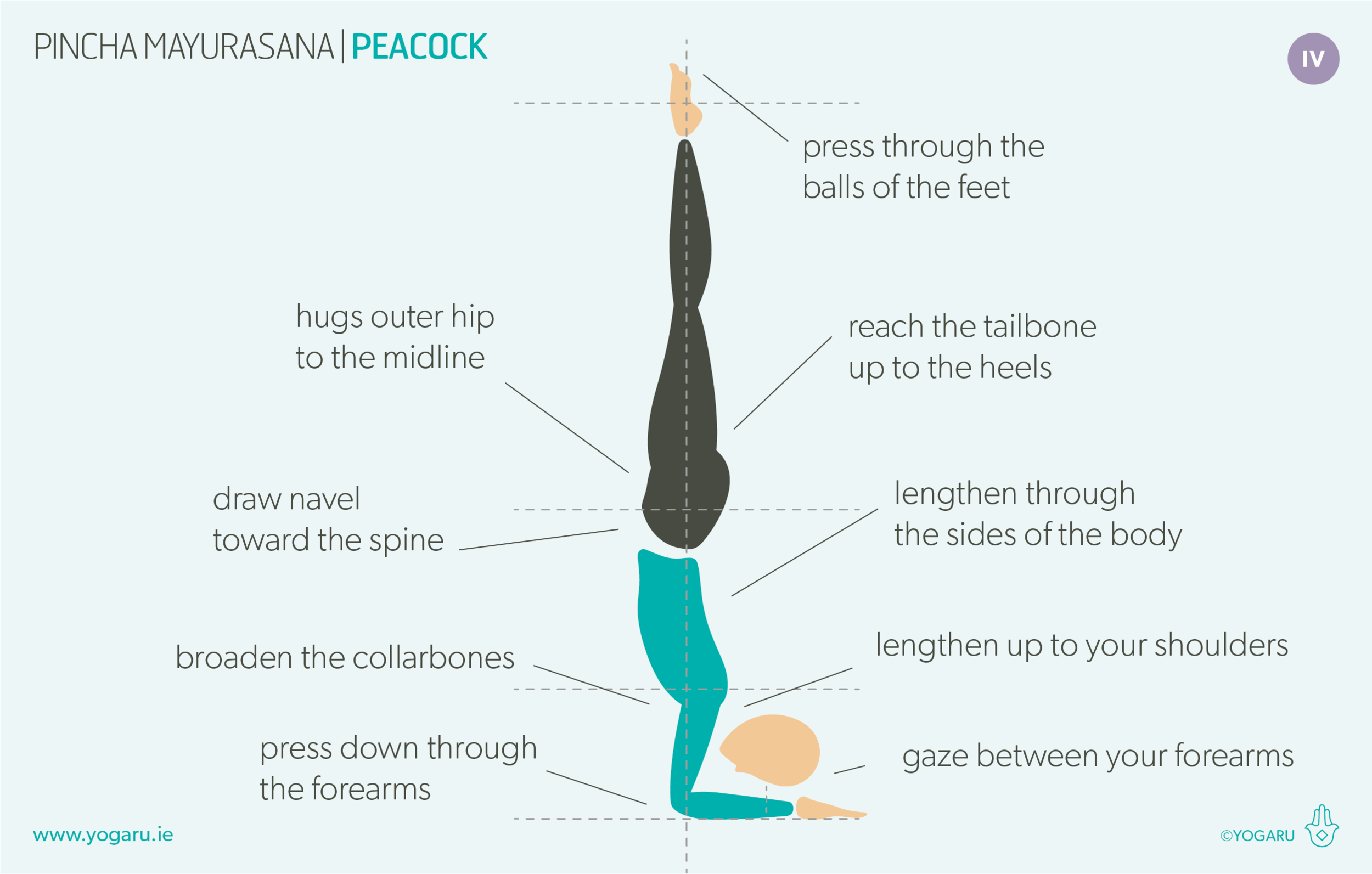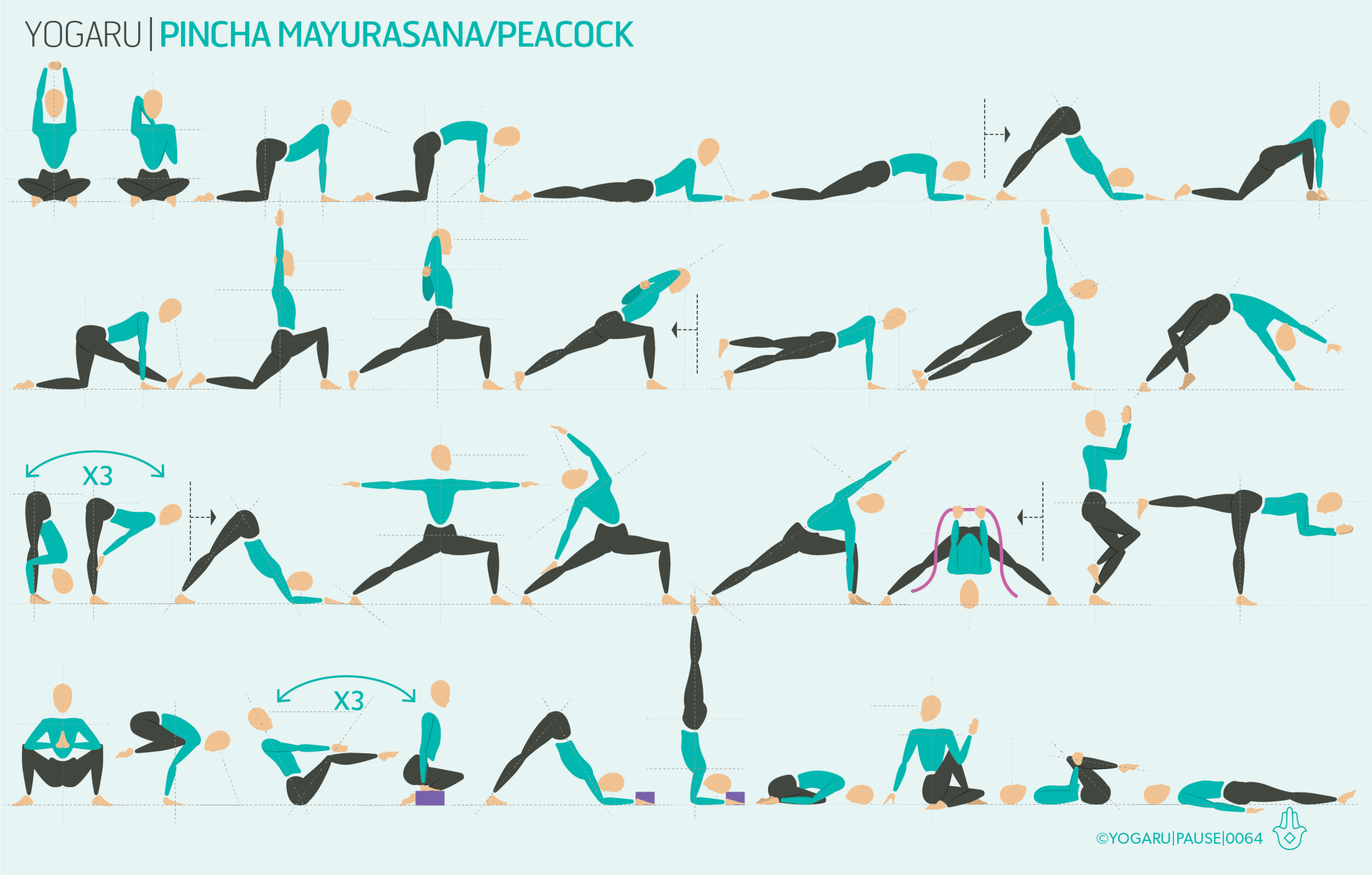THE FLUID BODY
The human body is made up of between 60-70% fluid. This fluid acts as an important transport system for all bodily functions and a lubricant for movement. It decreases as we get older, but practising yoga keep you juiced up and minimises this naturally lose of fluid.
I am not naturally a very fluid person in my movement or, I have to admit, in my life off the mat. Routine is great but when it inhibits your ability to flow freely through life you need to dig deep and look for balance. The mind follows the body, and so, when we move with more fluidity in our practice we become more adaptable in life, less resistant to change, and find it easier to go with the flow in the yoga practice of aparigraha, or non grasping.
EXPLORING FLUID MOVEMENT IN YOUR PRACTICE
This sequence will give you the opportunity to flow through your practice. Use your breath to initiate your flowing movement. Think of the the breath as the ebb and flow of the tide – it takes it’s time and is never rushed; it pauses before it changes direction; it flows with ease and adaptability around any obstacles. Move from the inside out – yoga doesn’t care what you look like from the outside, it is busy working it’s magic on the inside! Be guided by what it feels like on the inside rather than what it looks like from the outside. Pay particular attention to bringing some fluid movement into your transitions. Pause, and work out how your are going to move from one pose to another, with muscular integrity and a slow and steady pace. Your time on the mat can double in benefits to the mind, body and spirit connection, if you link your poses with conscious transitions.
ALIGNMENT CUES
Think of yourself as fluid rather than solid as you move through the sequence. Become more pliable and explore working out how to adapt to obstacles you encounter in your time on the mat, and off the mat too. Let go of expectation of yourself in your practice. Everyone is different and everyone has different body proportions too – your leg may never be physically long enough to wrap around your head, and that person who can most likely struggle with other areas of their practice on or off the mat.
Print out the above sequence and move like a liquid rather than a solid form:
Start by lying on your back and tilting your pelvis forward and back. Notice the effect this movement has on your spine – when your pelvis is tilted forward (anterior tilt) the spine arches and the lumbar becomes pronounced; when you tilt your pelvis back (posterior tilt) the spine flattens out and you lose the natural curve of your lumbar. Look for a tilt between the two where you can just about fit your hand between the ground and your lower back to build a blueprint for the natural curve of your back. Revisit this curve throughout your practice to ensure you are flowing in sympathy to the spring system of your back.
As you flow from bent leg Adho Mukha Svanasana/Downward Dog to Phlankasana/Plank Pose ripple from your pelvis to your shoulders and move with your whole spine.
From Ashta Chandrasana/Eight Crescent Moon inhale, and on your next exhale, bend your back knee and hover it a few inches off the ground. Hug your outer hips to the midline to stabilise the pelvis. Inhale and lift back up to Ashta Chandrasana/Eight Crescent Moon. For the second set of three take a gentle backbend with the arms in cactus position on your exhale.
Try flowing through the Virabhadrasana II/Warrior II sequence with the breath cues as suggested in the sequence. Visualise the lungs filling up with prana as you lift up on the inhale and emptying out as you dip the pelvis down on the exhales.
For the final flow in Ashta Chandrasana/Eight Crescent Moon, with hands in prayer position, strongly draw your navel towards your spine and press into your standing foot to activate the lift of the leg. Move slowly with the breath. On your final leg lift see can you come up onto the balls of your standing foot.
To save the images for personal use click and hold down the image until the ‘save image’ option appears; on Mac hold down ‘control’ and click the image to get the option box; on PC right click on the image to get the option box. Scroll down in the ‘option box’ and click ‘save image’.
Ruth Delahunty Yogaru






